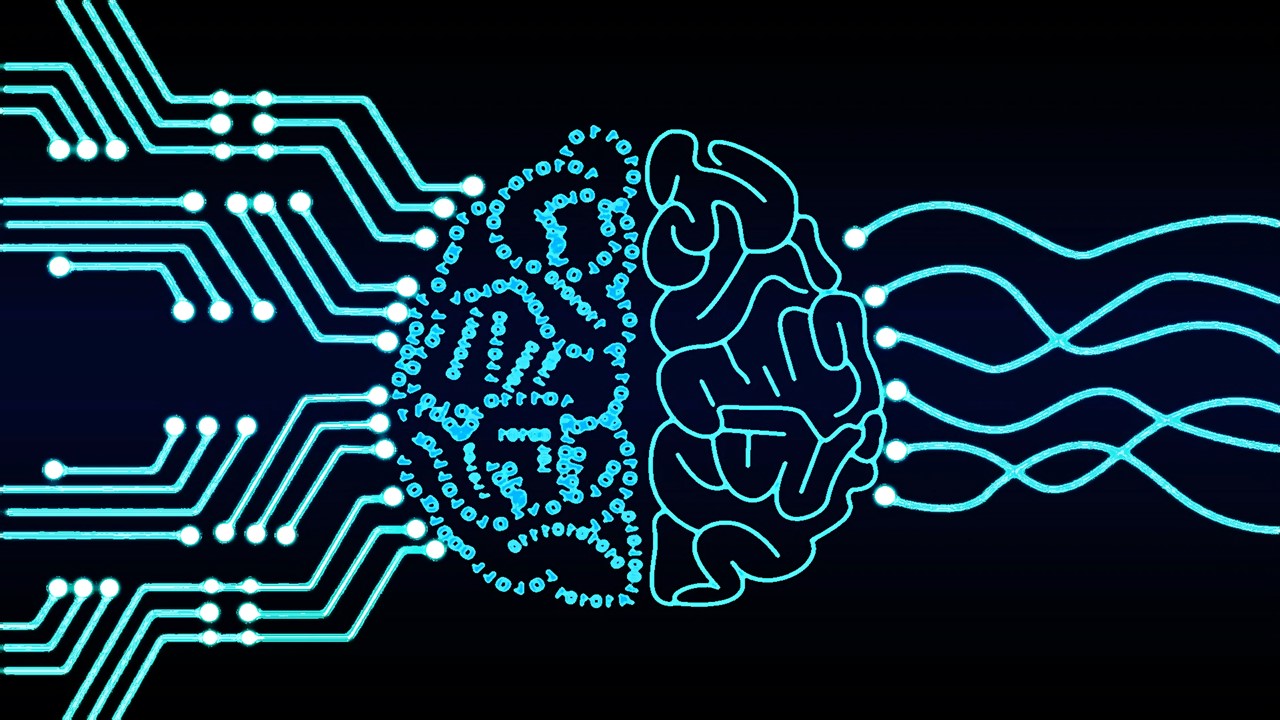
To fully understand and combat the Covid-19 threat, computational models have been developed to study the transmission of the SARS-CoV-2 virus, and how it may progress through the population. The power of computational modelling has supported a number of studies, which continue to monitor the population for important trends, like the impact of superspreaders on the rate of transmission.
Introduction
Computational modelling has already played an important part in the fight against COVID-19, in terms of creating a model of the virus itself.
Using in silico methods, researchers in early 2020 were able to visualise the dynamics of the SARS-CoV-2 protein, more specifically, the spike (S) protein, which plays an important role in the initiation of infection.
One of the main advantages for computational modelling in cases like this, is the accelerated screening process relative to in vitro experiments, but also the predictive power for novel drug development. Understanding the precise nature of the spike protein has enabled scientists around the world to develop their own in silico design methods – these facilitate the screening for existing and novel drug candidates that could inhibit the dynamics.
Computational modelling, like in silico, can process vast amounts of complex data in a relatively short period of time, identifying trends within populations. It is no secret that mathematical computational models have been long associated with the study of infectious diseases and the dynamics of diffusion.
Since the pandemic began, researchers have been utilising computational modelling as an important tool to study the population as the virus spread across the globe, in order to gauge variant distribution, vaccine uptake, and other important factors.
SIR model
The most commonly used approach to population modelling during the pandemic, was the ODE-based SIR model (ordinary differential equation; susceptible-infected-recovered). According to a recent study the model follows a number of rules:
• The model assumes that when an infectious disease attacks a community, the disease often partitions the population into three sub-populations
• Individuals who can be infected (susceptible people, denoted by S); people who are already infected (=infectious, denoted by I); and those who recovered and possess immunity to or got killed by (thus removed, denoted by R) this disease.
• Each infected individual transmits the disease with some probability to each susceptible individual they encounter.
• The infected people recover at a constant rate. In case of COVID-19, some studies have already attempted to gauge the true potential of the disease through SIR model
Unfortunately, this model faced a number of challenges during the COVID-19 pandemic. One of the biggest challenges initially, was the significant proportion of individuals who present as asymptomatic but can still transmit the virus – this questions the reliability of the data for the ‘infected proportion’ as the asymptomatic population can play a critical role in controlling the intensity and range of the disease.
This particular challenge, and other factors like the varying levels of healthcare, questioned the accuracy and predictability of this population model.
The SEIRS/SEIQR models
Several alternative approaches to computational modelling have been developed throughout the pandemic, in order to refine the original SIR model, and investigate other important factors like behavioural response.
A recent study investigated the role of superspreaders in the rate of viral transmission (with various levels of compliance). It was highlighted that the success of restrictions like social distancing, was heavily dependent on population compliance; this is supported by growing evidence that ‘superspreaders’ play a significant role in transmission routes. Therefore, many organisations have been focusing on understanding this behaviour in the population, in order to target and combat outbreaks.
The SEIRS inspired social network model was adapted and calibrated to observe the infected links of a general population, with or without superspreaders on four compliance levels. Local and global parameters were adjusted to simulate close contact networks and travel restrictions respectively. SEIR represents a model of susceptible, exposed, infected or recovered individuals.
The results were very promising in terms of understanding the impact of compliance with restrictions, whereby “increased levels of compliance of superspreaders proves a significant reduction in infections.”
The main advantage of this network model was the ability to capture the diversity and locality of social networks, including the impact of superspreaders in the dynamics of epidemics like COVID-19. This study emphasises the value of computational models for infectious population studies, which can be used to model networks and understand the implication of different factors.
COMBAT: Covid-19 Modelling through agent-Based Techniques
COMBAT refers to another computational approach to studying population dynamics during the pandemic.
It has been highlighted as a world-first, population-scale Agent-based Modelling (ABM) Covid-19 model, “which not only characterises the disease but also the environment within which the disease exists – modelling societal, geographical and socio-economic dimensions”. While the project aims to focus primarily on the Irish population, the ABM approach represents an exciting development from the popular SIR/SEIR models previously adopted.
It has been suggested that ABM is fundamentally more informative than the SIR/SEIR models, by offering a bottom-up approach, in which behaviours at the micro-level give rise to dynamics at the macro-level. Furthermore, it could even provide greater detail on important factors like societal, geographical and socio-economic dimensions.
The power of computational modelling and population studies, within the COVID-19 pandemic,has been evident in the way it has guided restrictions implementation and drug development, with regards to variant transmission.
Like the many other computational models being used right now, the aim of the COMBAT project is to deliver “a national computational resource for experimentation/modelling of infectious diseases, which will persist and which is adaptable, extensible and interoperable facilitating articulation of: specific future disease characteristics, cogent diverse data streams and prevalent government policies.”
Charlotte Di Salvo, Editor & Lead Medical Writer
PharmaFeatures
Subscribe
to get our
LATEST NEWS
Related Posts

AI, Data & Technology
Precision in Three Dimensions: A Novel Approach to Tumor Resection and Reconstruction of the Femoral Trochanter
The integration of digital modeling and personalized guides into the surgical workflow transforms the execution of tumor resection and reconstruction.

AI, Data & Technology
Blueprint for the Future: Establishing Rigorous Standards for Medical AI Data
Medical AI requires not just vast datasets but datasets of impeccable quality.
Read More Articles
Myosin’s Molecular Toggle: How Dimerization of the Globular Tail Domain Controls the Motor Function of Myo5a
Myo5a exists in either an inhibited, triangulated rest or an extended, motile activation, each conformation dictated by the interplay between the GTD and its surroundings.
Designing Better Sugar Stoppers: Engineering Selective α-Glucosidase Inhibitors via Fragment-Based Dynamic Chemistry
One of the most pressing challenges in anti-diabetic therapy is reducing the unpleasant and often debilitating gastrointestinal side effects that accompany α-amylase inhibition.













